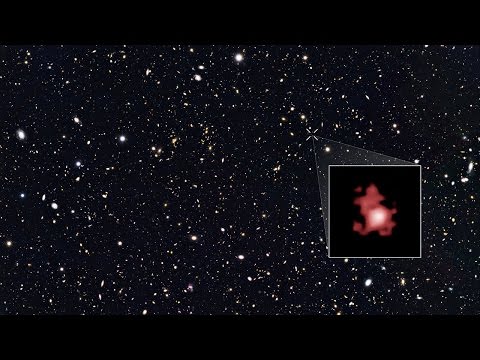The Cosmic Puzzle: Understanding the Formation of Galaxies
Galaxies are vast systems of stars, gas, dust, and dark matter held together by gravity. They come in a variety of shapes and sizes, ranging from spiral galaxies like our own Milky Way to elliptical galaxies and irregular galaxies. But how do these galaxies form and evolve over time? This is a question that has puzzled astronomers for centuries, and one that is still being actively studied and debated today.
The formation of galaxies is a complex and fascinating process that involves the interplay of many different factors, including the pull of gravity, the distribution of dark matter, the birth and death of stars, and the mergers of smaller galaxies. One of the leading theories for the formation of galaxies is the hierarchical model, which suggests that galaxies form through the gradual accumulation of smaller structures like gas clouds and star clusters. As these smaller structures come together, they eventually coalesce into larger and larger galaxies.
Another key factor in the formation of galaxies is the presence of dark matter, an invisible substance that makes up about 27% of the universe. Dark matter plays a crucial role in the formation of galaxies by providing the gravitational pull needed to hold galaxies together and shape their structures. Without dark matter, galaxies would not be able to form and evolve in the way that we observe them today.
The birth and death of stars also play a significant role in the formation of galaxies. Stars form from clouds of gas and dust that collapse under their own gravity, eventually igniting nuclear fusion in their cores and shining brightly in the night sky. As stars age and exhaust their fuel, they undergo dramatic transformations, sometimes exploding in violent supernova events that can scatter their remains across space. These stellar explosions can enrich the surrounding gas with heavy elements like carbon, oxygen, and iron, which are then incorporated into new generations of stars and planets.
Galaxies also undergo mergers with other galaxies, a process that can dramatically reshape their structures and trigger bursts of star formation. When two galaxies collide, their gas and dust clouds can interact and merge, leading to the formation of new stars and potentially even the creation of a supermassive black hole at the center of the newly merged galaxy. These galactic mergers are thought to be responsible for the formation of many of the galaxies that we see in the universe today.
In recent years, astronomers have made significant progress in understanding the formation and evolution of galaxies through observations with powerful telescopes like the Hubble Space Telescope and the Atacama Large Millimeter/submillimeter Array (ALMA). These observations have provided valuable insights into the processes that drive galaxy formation, such as the role of dark matter, the growth of supermassive black holes, and the formation of stars and planets.
Despite these advances, many questions about the formation of galaxies still remain unanswered. For example, astronomers are still trying to understand how galaxies acquire their distinctive shapes and structures, why some galaxies are more active in forming stars than others, and how galaxies evolve over billions of years. Solving these cosmic puzzles will require further observations and theoretical models, as well as new technologies and instruments that can probe the universe in ever greater detail.
In conclusion, the formation of galaxies is a complex and dynamic process that is governed by a wide range of physical and astrophysical factors. By studying galaxies across different wavelengths of light and over cosmic time scales, astronomers can gain a deeper understanding of how these cosmic structures come into being and evolve over time. The study of galaxy formation is a vibrant and exciting field of research that continues to push the boundaries of our knowledge of the universe.













